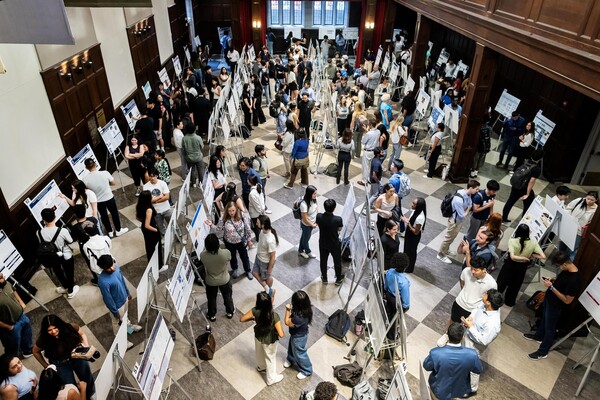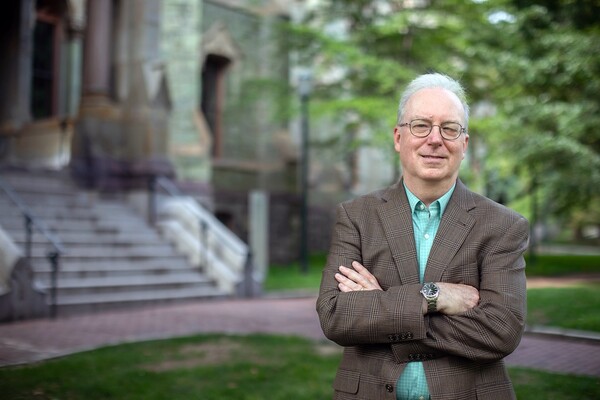
Image: Mininyx Doodle via Getty Images
Last summer, two University of Pennsylvania School of Veterinary Medicine VMD students from the class of 2024 participated in the Rocky Mountain Wildlife Veterinary Externship, a highly competitive 4-week program that culminates in a final project.
In Wyoming, Brianna Blunck researched endangered black-footed ferrets, an experience that involved “stumbling around in the night with flashlights, trying to find and identify ferrets for population surveillance,” she says. Blunck did her final project on disease prevalence in bighorn sheep, investigating the cause of abortions recently noted in Wyoming.
“This externship was such a great exposure to the many routes I can take within wildlife medicine including field work and pathology,” Blunck says.
Blunck and Natalie Bauer have long been interested in wildlife medicine and both hold a master’s degree in conservation medicine from the Cummings School of Veterinary Medicine at Tufts University. Bauer, assigned to the National Park Service, also worked on a project to track and treat black-footed ferrets, this one in Wind Cave National Park in South Dakota.
As part of the externship, participants are assigned to Colorado Parks and Wildlife, the Wyoming Game & Fish Department, or the National Park Service.
In the Great Smoky Mountains National Park, Bauer worked on a project investigating disease in elk and developed protocols for park biologists to collect data. The externship furthered her skills in project development and science communication, Bauer says. “I’m hoping my veterinary degree will broaden my horizons for further involvement in wildlife medicine.”
After graduation, Blunck and Bauer will both be doing a small animal rotating internship to strengthen their clinical skills. Bauer will be in Colorado, where she hopes to continue wildlife research on the side with the National Park Service, assessing the population health of bighorn sheep. Blunck will be in Los Angeles, where she hopes to secure wildlife externships in addition to her internship.

Image: Mininyx Doodle via Getty Images

nocred

Image: Pencho Chukov via Getty Images

Charles Kane, Christopher H. Browne Distinguished Professor of Physics at Penn’s School of Arts & Sciences.
(Image: Brooke Sietinsons)